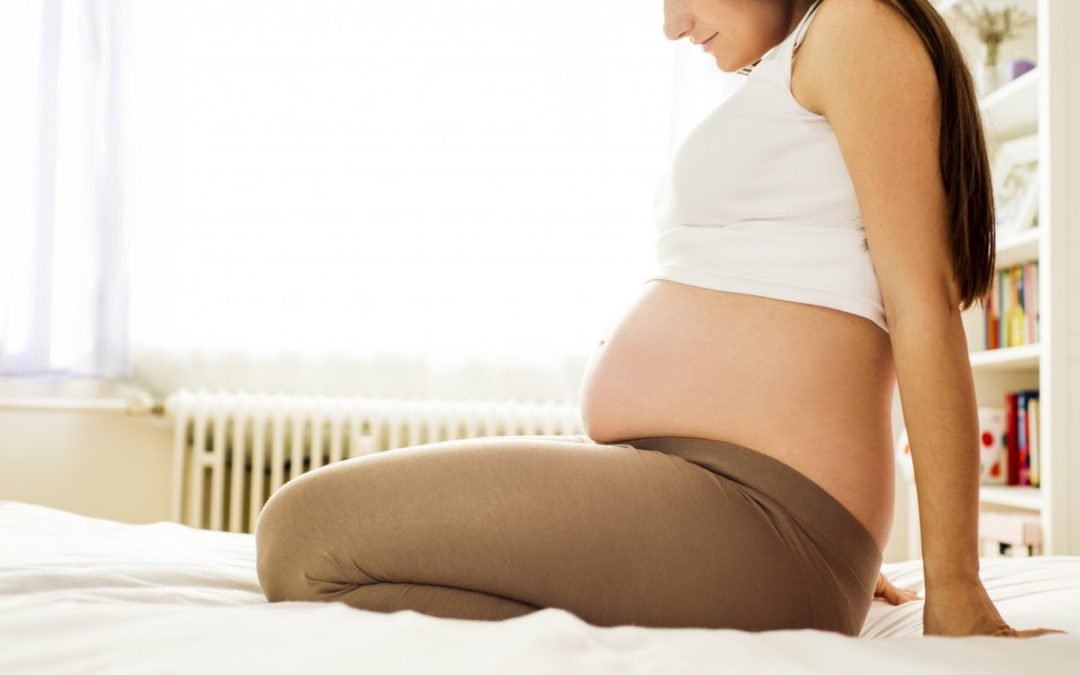Some women talk about the pregnancy “pooch” that sticks around post-pregnancy. What is this condition, and how do you get rid of it?
What is diastasis recti? What causes it?
Diastasis recti, also known as “ab separation”, is where your left and right stomach muscles widen and separate. It can mean the partial or complete separation of the rectus abdominis muscles–the ab muscles that meet at the midline of the stomach.
This condition is very common among pregnant women, as the uterus has to stretch those muscles to adapt to the growing baby. Diastasis recti affects two thirds of pregnant women, who may experience it either during pregnancy or postpartum. There are many ways diastasis recti can happen to women, but some can develop it after having more than one child at a time, or having a child in your late thirties.
Diastasis recti is not exclusive to just pregnant women; men and even babies may experience this condition as well. Newborns sometimes can be born with the condition, as their abdominal muscles aren’t fully developed yet; but it should go away on its own. Men can also develop it from certain diets, improper weightlifting technique, or other unsafe or excessive practices of abdominal exercises.
What are the symptoms?
The most common sign of diastasis recti is a bulge or ridge in your stomach, particularly if you are postpartum and it doesn’t seem to be going away.
Other symptoms can include: lower back pain, constipation, bloating, problems with posture, urine leaking, and in some cases difficulty breathing or moving about normally.
How do you treat it?
Some women may not need to seek additional treatment, as it may correct itself in postpartum. However, if treatment is needed, there are a few ways to go about it:
- Safe Exercise: talk to your doctor or a physical therapist for safe exercises. Avoid heavy lifting or strain on the ab area, like sit ups, crunches, planks; basically exercises that will work the core too much. Do use doctor approved deep stomach muscle and pelvic floor exercises.
- Support: ensure good support while sitting and standing; if needed, consider wearing a binder or Tubigrip (bandaging).
- Prevention: strengthen core before pregnancy, do safe exercises–focusing on pelvic floor and oblique muscles, avoid back straining and stomach-bulging exercises, and practice good form.
- Surgery: is not recommended until you’re done having children. This would be a last resort option.
While diastasis recti is common, it may take some extra treatment to heal from it. If you have any concerns about diastasis recti during your pregnancy, or if you need help treating it postpartum, we’re happy to help! Give us a call or make an appointment at any of our three locations.
